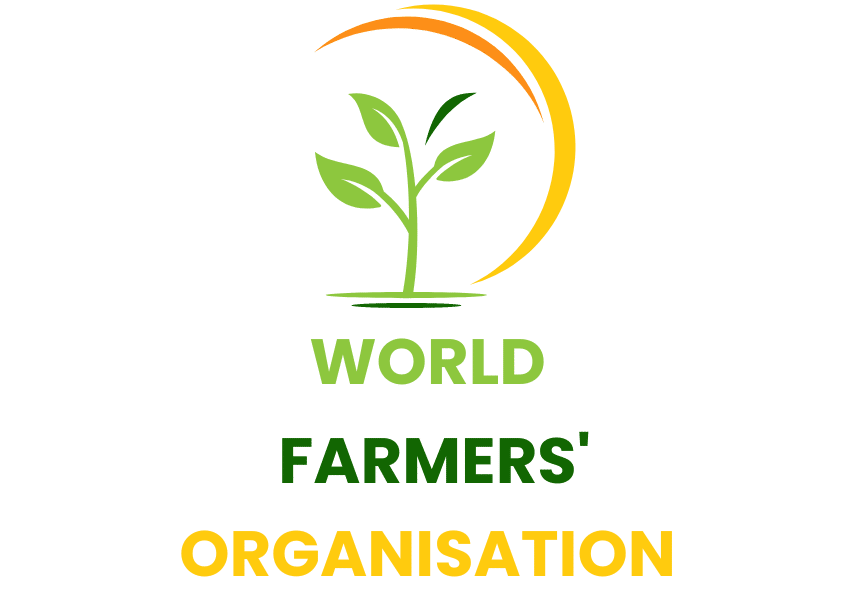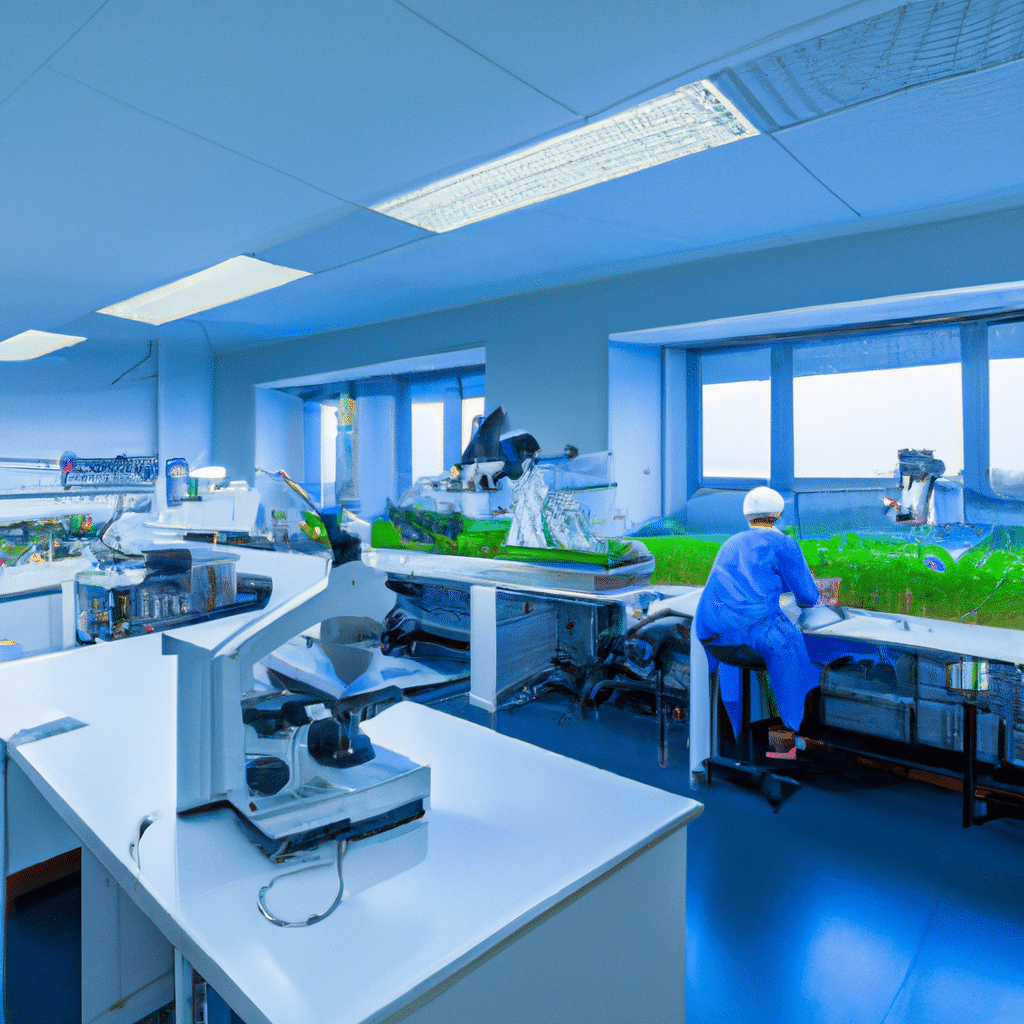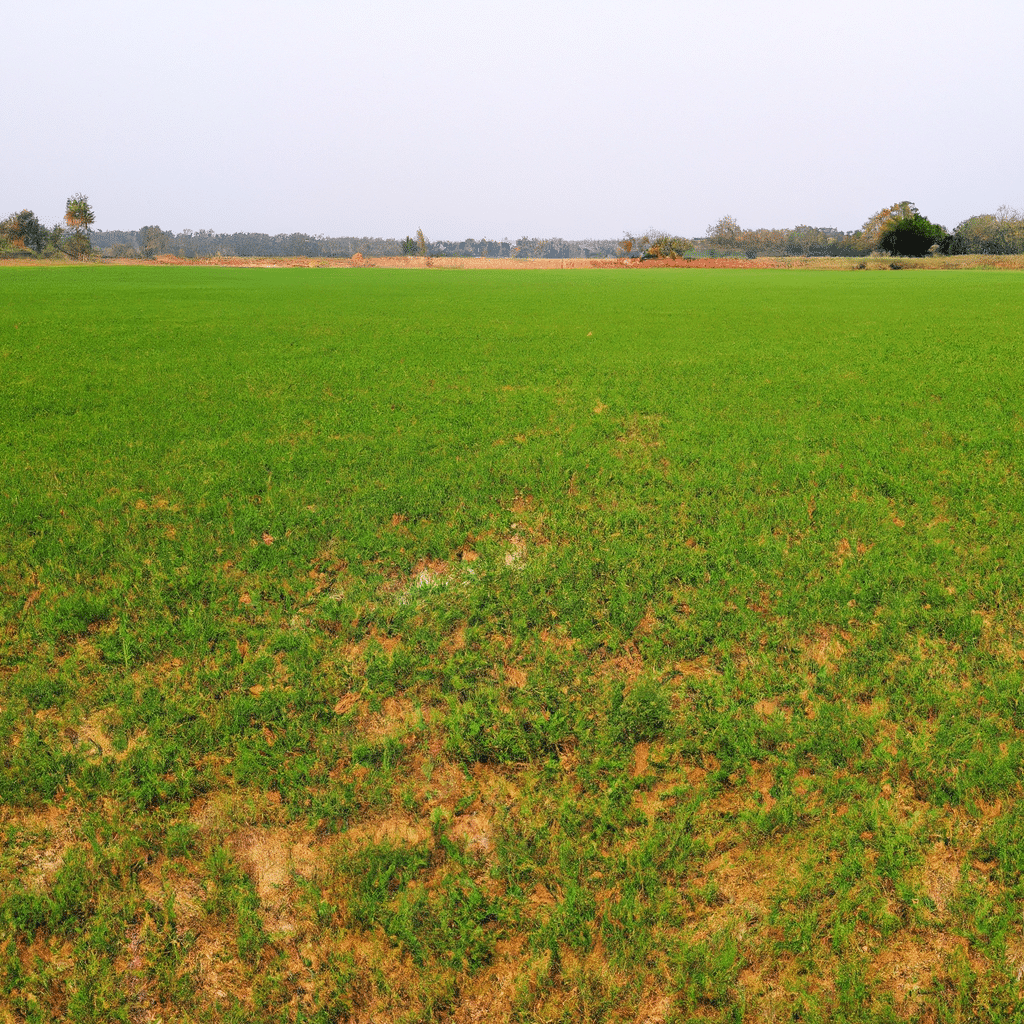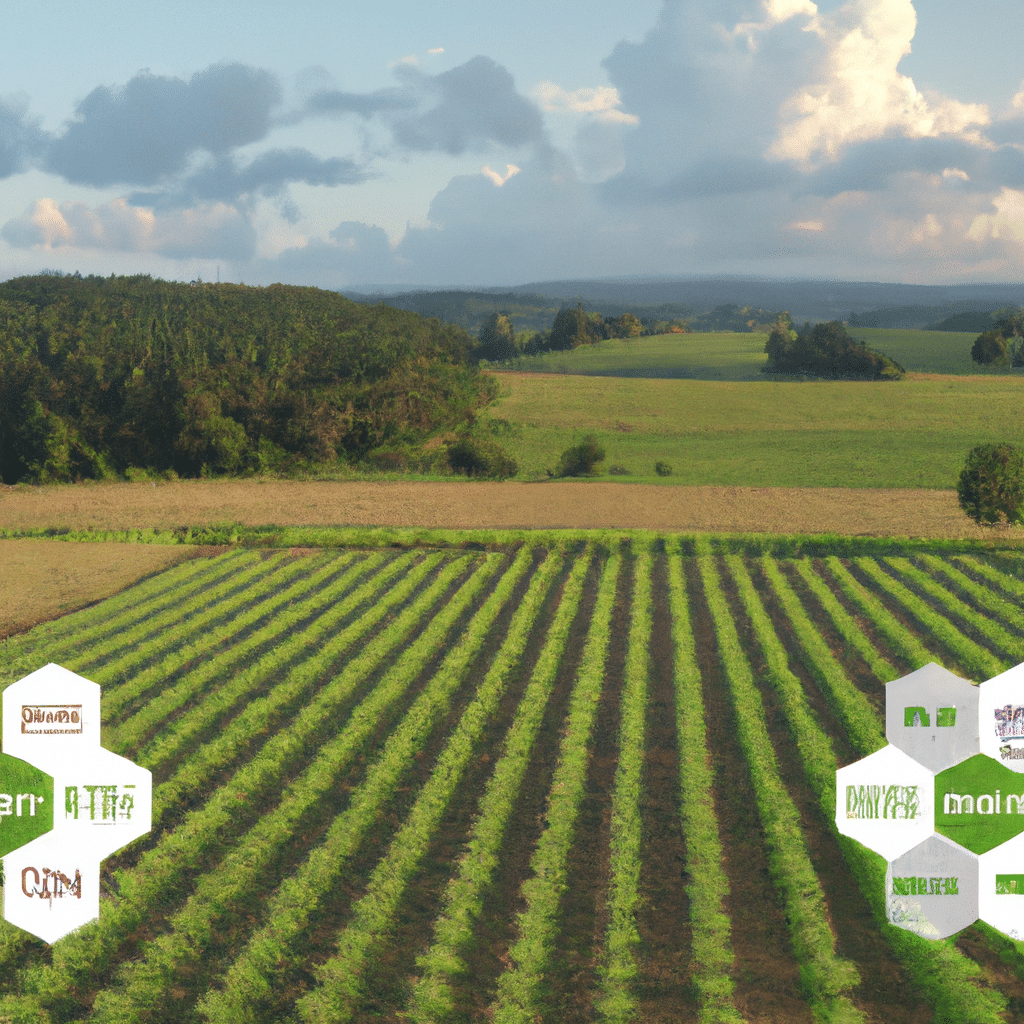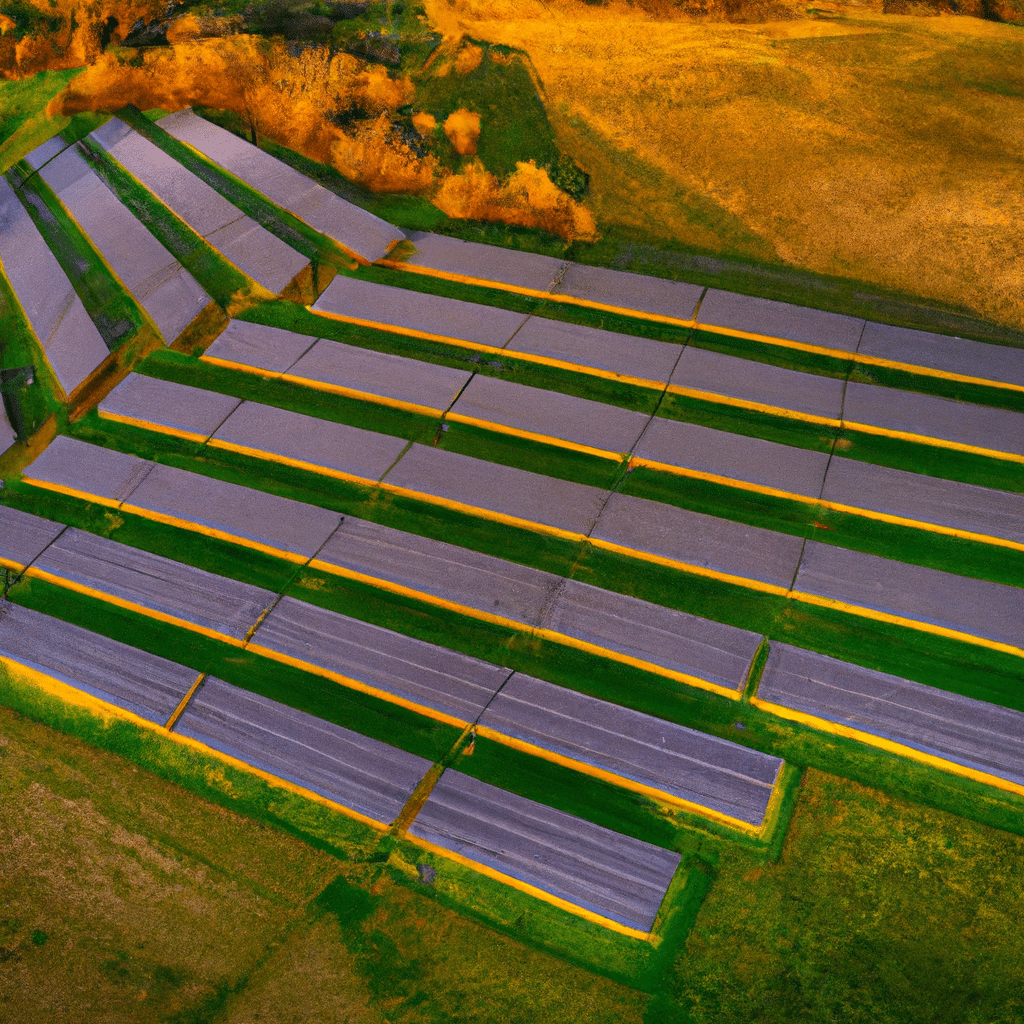In today’s global economy, the agricultural sector plays a crucial role in ensuring food security and economic stability. However, this industry is heavily regulated to ensure safety, quality, and sustainability. These regulations have far-reaching consequences that extend beyond the farms and impact the entire supply chain.
The Impact on Farmers
Agricultural regulations have a direct impact on farmers, who are at the forefront of food production. These regulations cover various aspects, such as pesticide use, animal welfare, and environmental protection. While the intention is to promote responsible farming practices, the implementation can sometimes be challenging for small-scale farmers.
For instance, stringent pesticide regulations may limit the options available to farmers to protect their crops from pests and diseases. This can lead to decreased productivity and increased costs. Additionally, compliance with animal welfare regulations may require farmers to invest in infrastructure and adopt new practices, further straining their financial resources.
The Effect on Suppliers
Suppliers, such as seed and fertilizer manufacturers, also feel the ripple effect of agricultural regulations. These businesses must ensure that their products meet the required standards and regulations before they can be sold to farmers. This often involves rigorous testing and certification processes, which can be time-consuming and costly.
Moreover, suppliers may need to invest in research and development to develop new products that comply with changing regulations. This can lead to increased prices for these inputs, ultimately impacting the overall cost of production for farmers.
The Influence on Distributors
Distributors play a crucial role in connecting farmers with consumers. They are responsible for storing, transporting, and marketing agricultural products. However, agricultural regulations can introduce additional challenges for distributors.
For instance, regulations surrounding food safety and traceability require distributors to implement stringent quality control measures and maintain detailed records. This can increase operational costs and introduce additional complexities in managing the supply chain.
Furthermore, regulations related to labeling and packaging can also impact distributors. They must ensure that products are accurately labeled with relevant information, such as allergen warnings and nutritional content. Failure to comply with these regulations can result in penalties and damage to their reputation.
The Impact on Consumers
Agricultural regulations ultimately aim to protect consumer health and safety. By setting standards for food production, processing, and labeling, regulations ensure that consumers have access to safe and high-quality food.
However, these regulations can also indirectly affect consumers. Compliance with regulations often requires additional resources, such as labor, technology, and infrastructure. These costs are eventually passed on to consumers in the form of higher prices.
Moreover, regulations can also influence consumer choices. For instance, labeling requirements that highlight the use of genetically modified organisms (GMOs) or the absence of certain ingredients can impact consumer purchasing decisions. This, in turn, can influence market demand and shape the strategies of farmers and food manufacturers.
The Influence on Exporters
Agricultural regulations not only impact local farmers and businesses but also have implications for international trade. Exporters must ensure that their products meet the regulatory requirements of their target markets. This often involves complying with different sets of regulations and obtaining necessary certifications.
Failure to meet these requirements can result in trade barriers and restrictions, limiting access to lucrative markets. Exporters may need to invest in additional resources to comply with these regulations, including product testing, documentation, and training. This can increase the overall cost of exporting and potentially affect the competitiveness of agricultural products in the global market.
The Role of Technology and Innovation
While agricultural regulations can present challenges, they also drive innovation and the adoption of new technologies. Farmers, suppliers, distributors, and other stakeholders often seek innovative solutions to comply with regulations more efficiently and sustainably.
For example, advancements in precision agriculture technologies, such as drones and sensors, can help farmers optimize pesticide use and reduce environmental impacts. Similarly, traceability systems and blockchain technology can improve transparency and accountability in the supply chain, ensuring compliance with regulatory requirements.
Moreover, regulations that promote sustainable practices, such as organic farming and conservation measures, encourage the development and adoption of environmentally friendly technologies. These technologies not only help comply with regulations but also contribute to long-term sustainability and resilience in the agricultural sector.
Conclusion
Agricultural regulations have a profound impact on the entire supply chain, from farmers to consumers. While they aim to ensure safety, quality, and sustainability, the implementation of these regulations can introduce challenges and additional costs for stakeholders. However, regulations also drive innovation and the adoption of new technologies that can help meet these challenges more effectively. As the agricultural industry continues to evolve, striking a balance between regulation and innovation will be crucial to ensure a sustainable and resilient food system for all.
